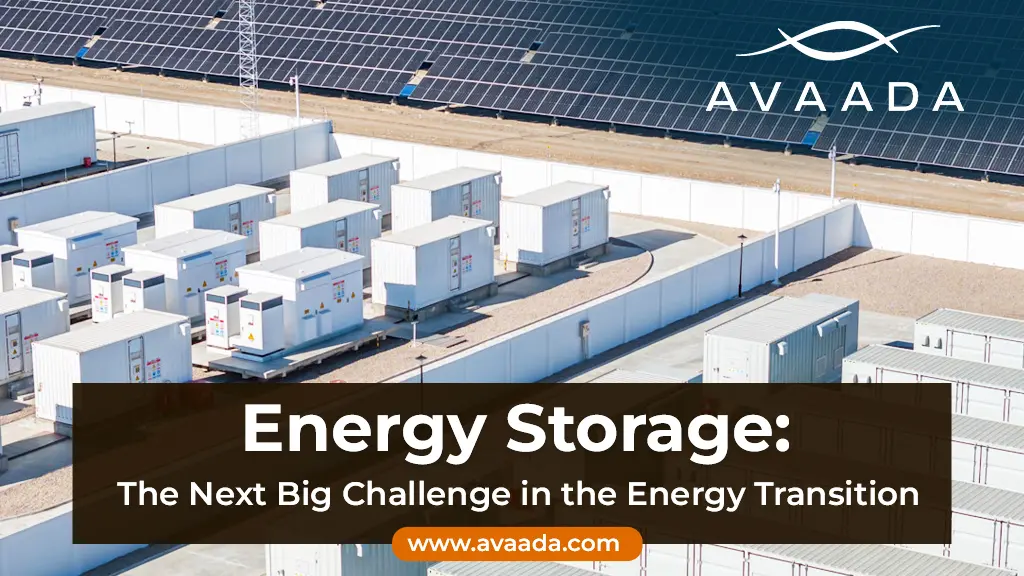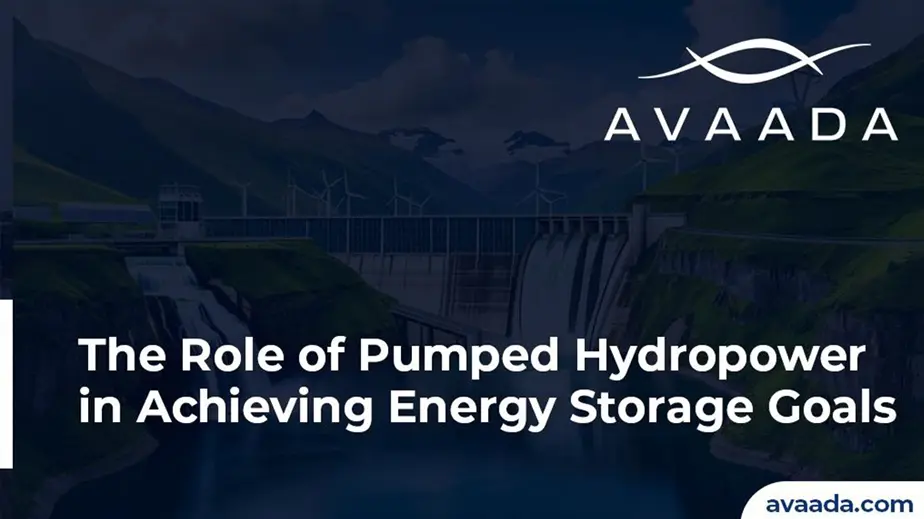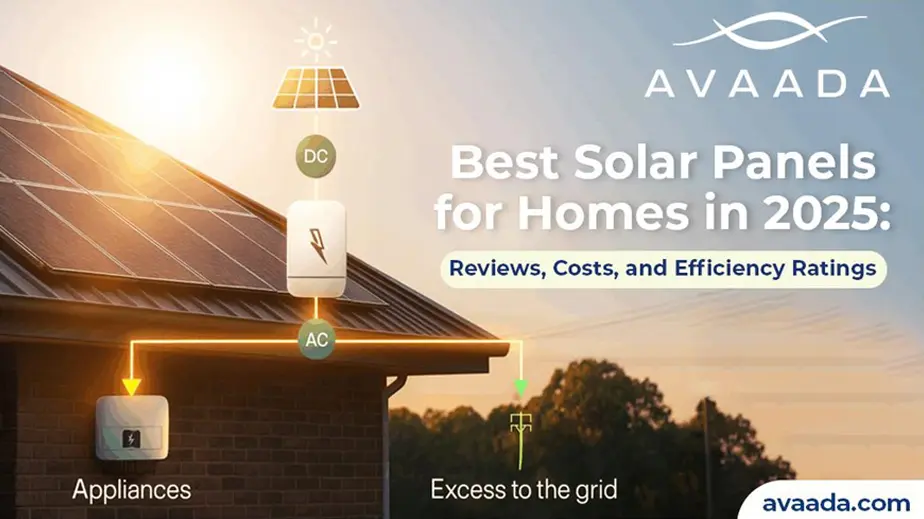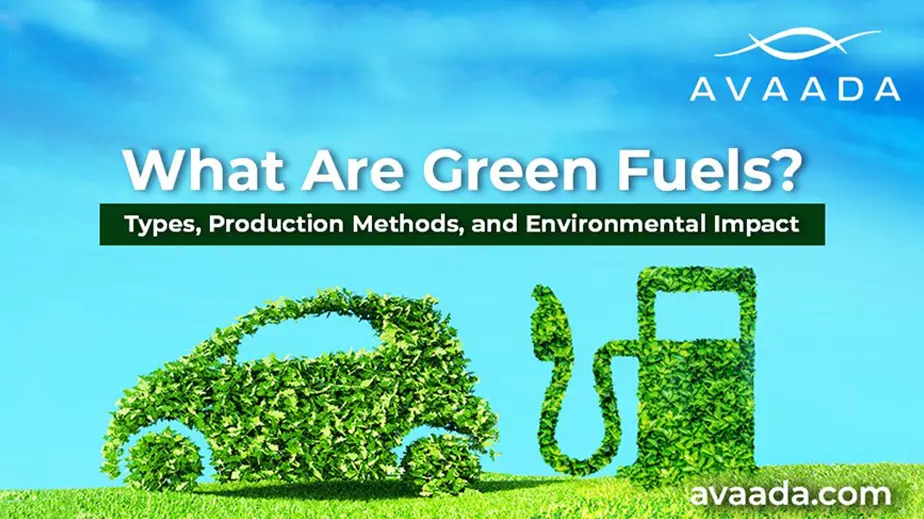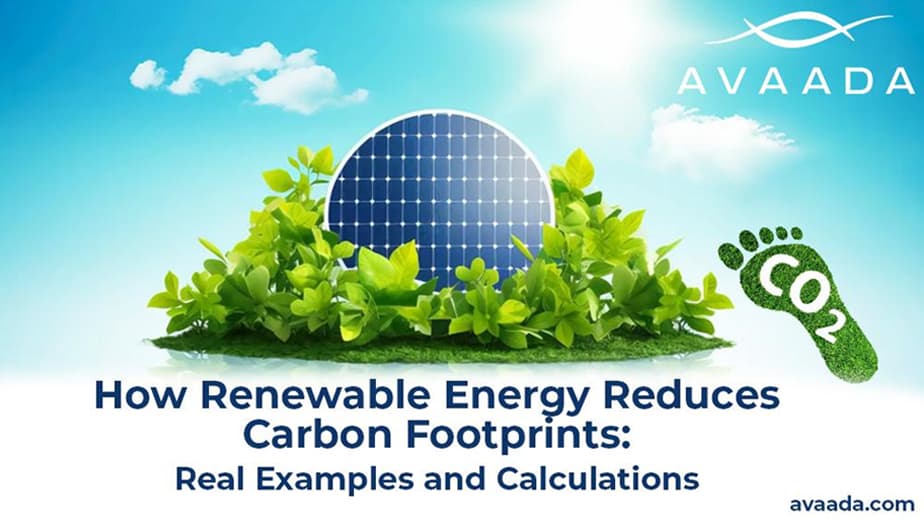With the world hurrying towards a net-zero world, renewable energy technologies like solar and wind are on the rise. Their intermittent behavior, however, is causing significant problems for grid stability and power reliability. Energy storage thus steps in as a vital solution to bridge this gap, making the energy transition effective and sustainable.
The Intermittency Dilemma
The renewable sources of energy are intrinsically unstable, solar energy generation comes to a stop at dusk, and wind power shifts depending on the conditions. Instability means that energy supply will not always equal demand, leading to potential surpluses or shortages. Excess energy when production is high without adequate storage facilities is squandered, and shortages during periods of peak usage can strain the grid.
The Role of Energy Storage
Energy storage systems act as buffers, absorbing excess energy when supply exceeds demand and releasing it when demand is higher than supply. This role not only stabilises the grid but also enhances the reliability of renewable energy sources. In case of emergency situations, storage systems can provide instant power, preventing potential grid failure.
Pumped Hydropower Storage: A Proven Solution
Of the numerous storage technologies, Pumped Hydropower Storage (PHS) stands out for its efficiency and scalability. PHS involves pumping water to an elevated level during the off-peak hours and letting it flow back to create power during peak demand. The method has been utilized for decades and is still a good option for large-scale storage.
To learn more about pumped hydropower storage, explore our blog on “What Are the Different Types of Pumped Storage?“
Avaada's Commitment to Sustainable Energy
Avaada, as a leader in the renewable energy space, realizes the critical significance of energy storage in the energy transition. By investing in future-proof storage technologies like Pumped Hydropower Storage, Avaada aims to enhance the efficiency and resilience of renewable energy assets. Beyond supporting grid stability, their initiatives also feed into India’s general sustainability goals.
Diversifying Storage Technologies
Even as PHS is unique, the energy sector is exploring a wide range of technologies for storage as a way to meet diverse demand. Lithium-ion batteries are coming down in cost steeply, as they are being targeted for use in a variety of applications. Emerging technologies like sodium-ion, flow batteries, and thermal storage are also on the move, providing solutions that meet specific requirements.
Learn more about the Pumped Storage Hydropower Capabilities
The Path Forward
To realize the full potential of renewable energy, there is a need for big investments in energy storage. The energy storage market in the world is projected to grow sixfold to more than 2 TWh by 2030. The growth demonstrates the necessity to build and implement a range of storage options to support the shifting energy scene.
In short, as the renewable energy sector expands day by day, the issue of storing energy is the most important one to solve. Avaada and similar companies are leading the charge by integrating future-proof storage technology such as Pumped Hydropower Storage to deliver a safe and sustainable future of energy. With investment and innovation, the transition towards energy can overcome its next big hurdle, achieving a solid and secure power system.


